Carbon fibre plates and sub 2-hour marathons have been all the rage in the running world over the past 12 months. Nike’s global marketing campaign surrounding the launch of the Vaporfly was sensational, the hype was off the charts. But the athletes delivered, with numerous road world records being eclipsed.
A year later Nike has released an updated 4%. The ‘Nike Vaporfly 4% Flyknit’ incorporates a new sock-like one-piece knit upper. The Flyknit has better breathability and is more comfortable than the old lightweight mesh upper.
Runner’s Tribe put our pair of Vaporfly 4% Flyknits through 100km of sessions and spoke to numerous athletes. Below is our breakdown.
Specs
- Surface: Road or track.
- Pronation: Neutral.
- Stack Heights: 31mm heel, 21mm forefoot.
- Heel-to-toe-drop: 10mm.
- Weight: Men’s size 9 = 195g approx.
- Women’s size 5.5 = 164g grams approx.
- Midsole: ZoomX foam (made of Pebax a thermoplastic that is soft, lightweight and springy. But not very durable).
- Upper: One-piece Fly Knit.
- Flexibility: The carbon fibre plate makes it stiff.
- Heel cushioning: Soft.
- Fits: True to size, suitable for those with normal to narrow feet, wide feet runners beware.
- Heel counter: Relatively soft and flexible, easy to bend.
- Purpose: Race day from 5km to the marathon.
- Insole: Removable insole, fine for those with orthotics.
- Marketing Hype: Insane.
- Does it live up to the hype: Totally.
- Price: $350 AUD at Nike Australia. Yikes.
- Testing process: 1 pair. 2 testers. 100km covered. Sessions only.
Cool things about this shoe
ZoomX Midsole: Nike explains that ZoomX foam is ‘an extremely lightweight and soft foam that sees the greatest energy return (spring back of the foam) of any foams that Nike has tested.’ But what is ZoomX foam? ZoomX is made from a thermoplastic called Pebax. Pebax is such an innovative midsole foam as it yields cushioning that is not only lightweight and extremely soft but also exceptionally springy. Nike isn’t the only company to utilise Pebax. Mizuno have been using it for years, as have Reebok (Floatride Run). It makes sense that before too long Pebax will be commonly used by all serious high-performance running shoes companies.
Carbon Fibre Plate: The carbon fibre plate makes the shoe literally feel as though you are being propelled forward as you run. Nike isn’t the first company to use a carbon fibre plate in running shoes (in the 1990’s Reebok were with their ‘Graphlite Road’, Adidas were second with their ‘Propulsion Plate’ shoe, also in the 90’s). However, Nike is the first company to launch a carbon plate shoe with success of this magnitude, others will no doubt follow (Hoka One One have just launched their ‘Carbon Rocket’ racer with a 1mm drop).
Design/style: Nike are the kings at design, hard to fault how cool the shoes look.
Fly knit upper: Nike have improved their fly knit uppers a lot over the years, and the end result is an incredibly comfortable yet thin layer of stretchy knit upper. Gone are the days of thick, heat retaining knit uppers.
Uncool things about this shoe
Durability: Pebax (ZoomX) is not a durable product. As with most things in life it is a trade-off. The Pebax midsole is incredibly light, soft and springy, but it also breaks down quickly. Our shoes still have life in them after 100km, but not much. It’s why these shoes are usually saved for race day (the Zoom Fly FK with its react foam and carbon plate is perfect for training in order to get your body used to the feel of the carbon).
Tight Fit: Think racing car, the shoes are designed to be tight and snug. However, if your feet are wide the fit is perhaps a bit too snug. When the laces are tied up just a tad too tight, it results in significant discomfort. But once again the purpose of this shoe is speed, so it’s a compromise most are happy to live with.
Hight Stack heights: This isn’t really a negative, Nike made it with stack heights of 31mm(heal) and 21mm (forefoot) for a reason. However, it does take some getting used to as the high stack heights feel like you are running on stilts initially, but you get used to it.
To buy or not to buy?
They are the most popular racing shoe in the world right now, for good reason. We spoke to numerous runners who race in the shoe and were not able to find one serious runner who disliked them. The shoes provide plenty of cushioning for long distances, with just the right amount of stiffness to propel you forward, and they are super light. If you are spending a large chunk of your life training for a big race, then $350 isn’t too unreasonable to maximise the chances of a PB.
By Sam Burke for Runner’s Tribe
Disclaimer: Runner’s Tribe were given a pair of Nike Vaporfly 4% FK for free. We receive free shoes all the time, some of our reviews are brutally negative, some are positive. Either way, the free shoes keep coming. We like to think we offer fair and impartial reviews, but we leave it to the readers to decide that for themselves.


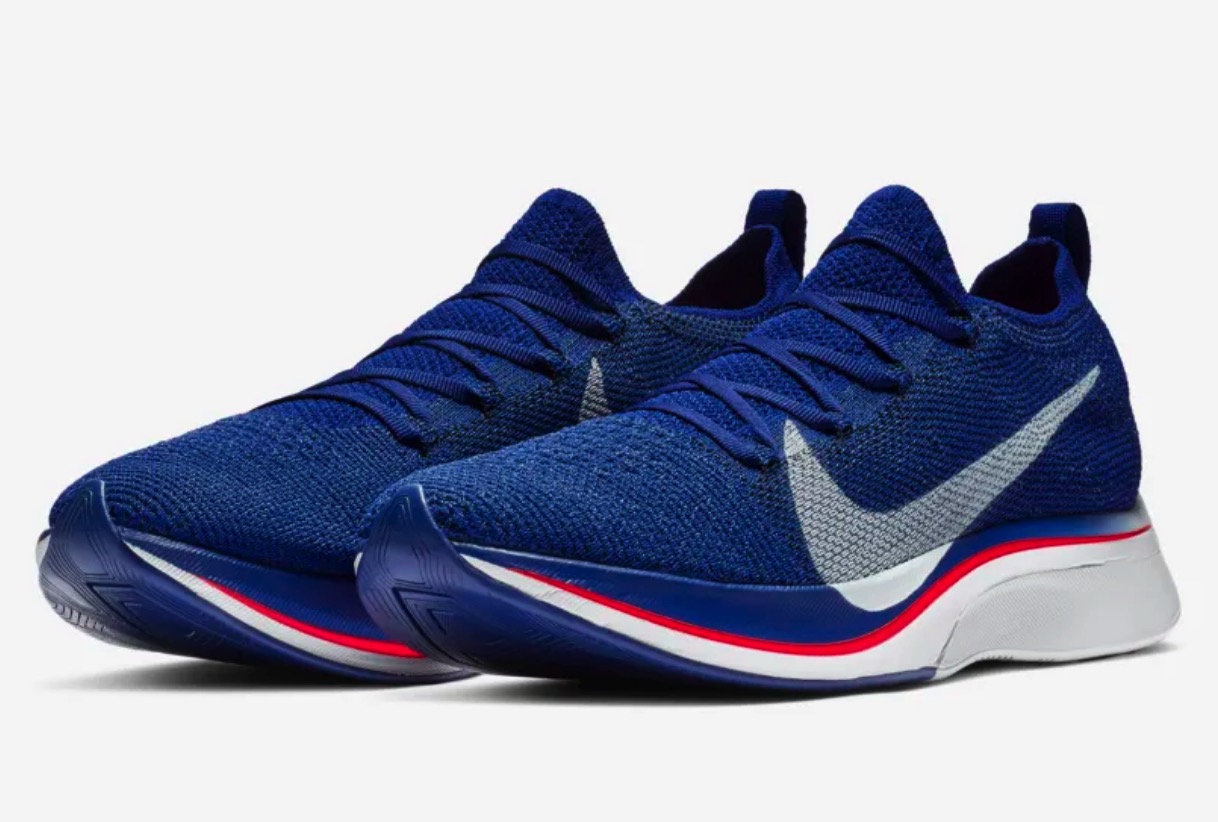

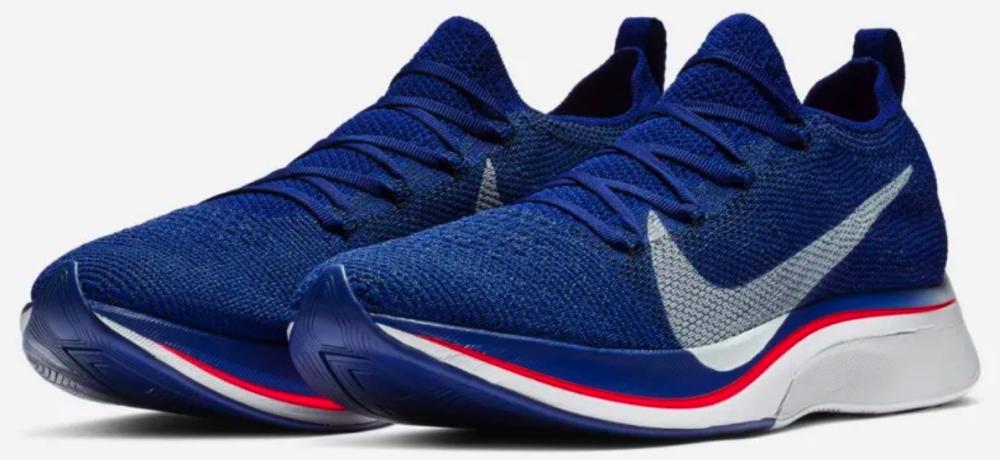
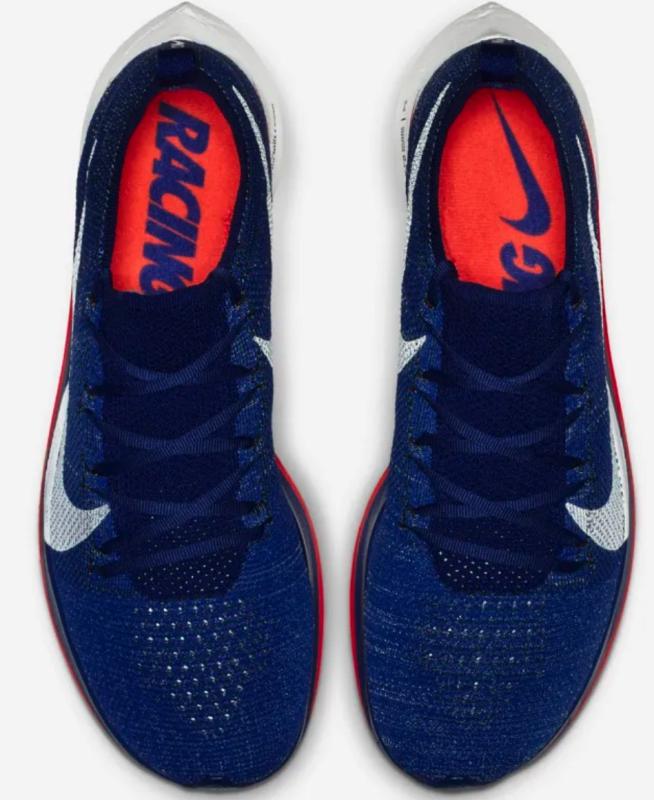
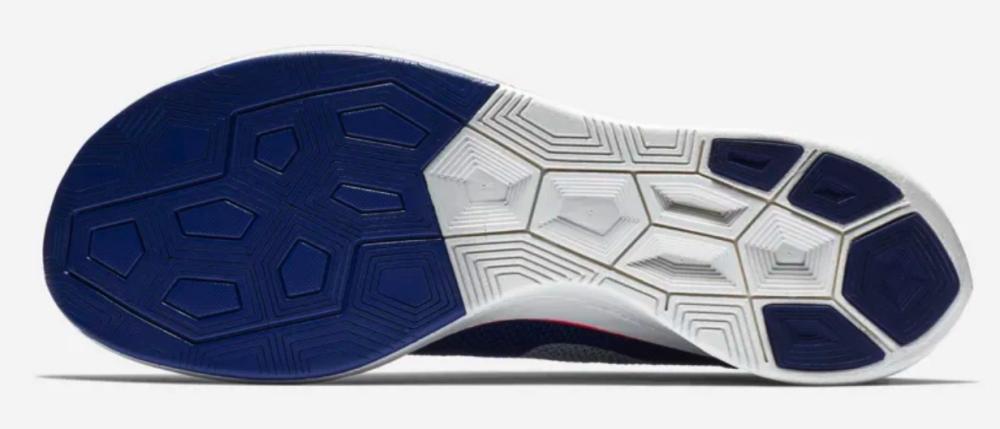
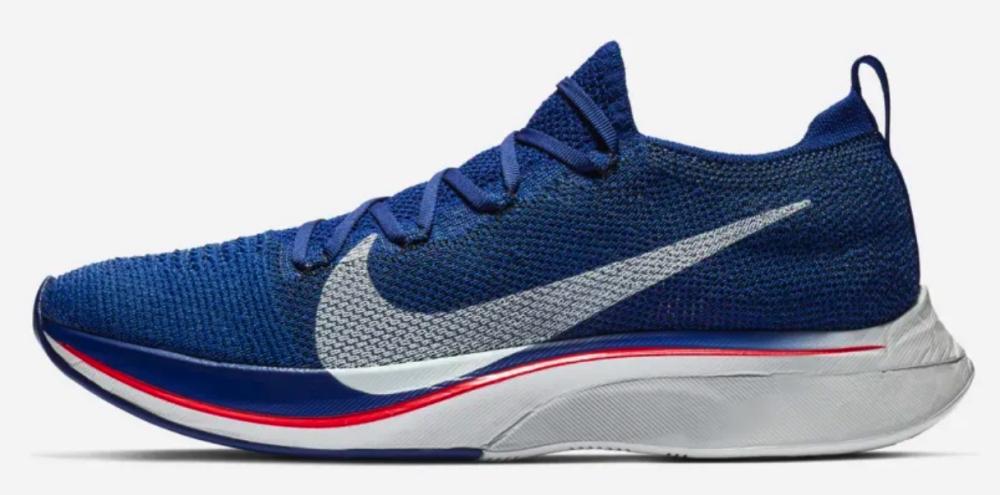














I am having so much trouble trying to buy these in Australia … Any suggestions/links?
You can buy from the nike Australia website
I’ve just bought these Vaporfly 4% Flynit but the insoles dont seem to be removable. The small flynit opening for ankle also makes it difficult to insert orthotics ontop of the insole. Unfortunately I think I’m going to have return them.
I prefer the nike “zoom fly fk”model, Good performance, comfortable , full lenght carbon fiber plate and nike react cushioning, all at a much lower price than the “viper”. In 2018 was one of the best model, and I believe it still is due all the said above.
-aledo
San Juan, Puerto Rico
12/20/‘20